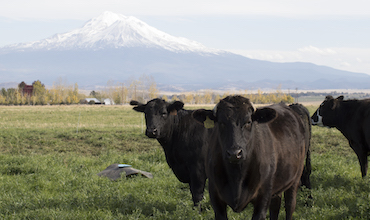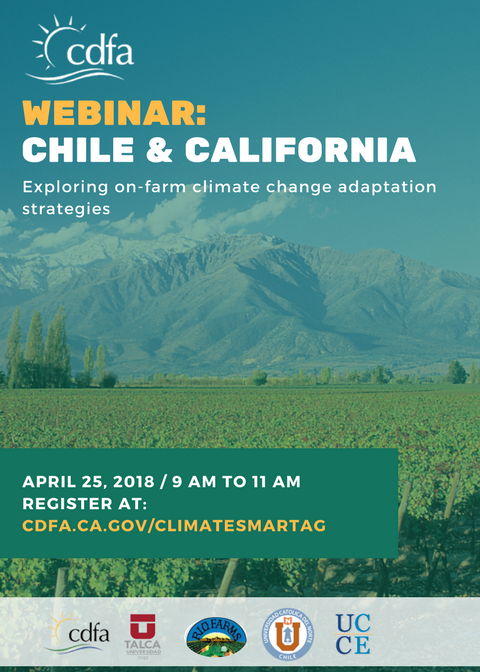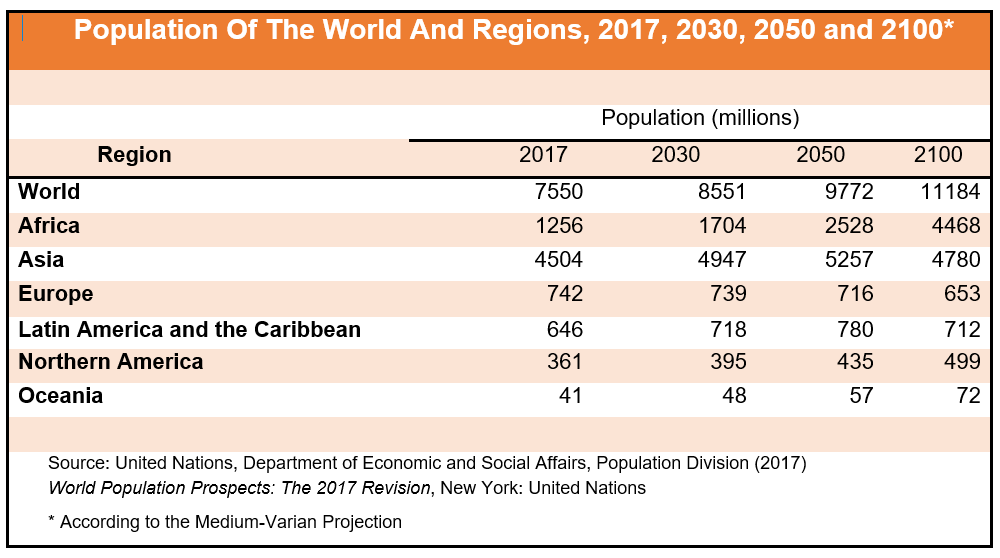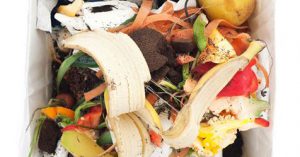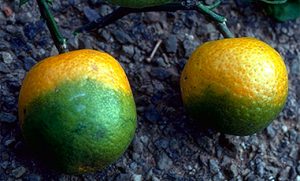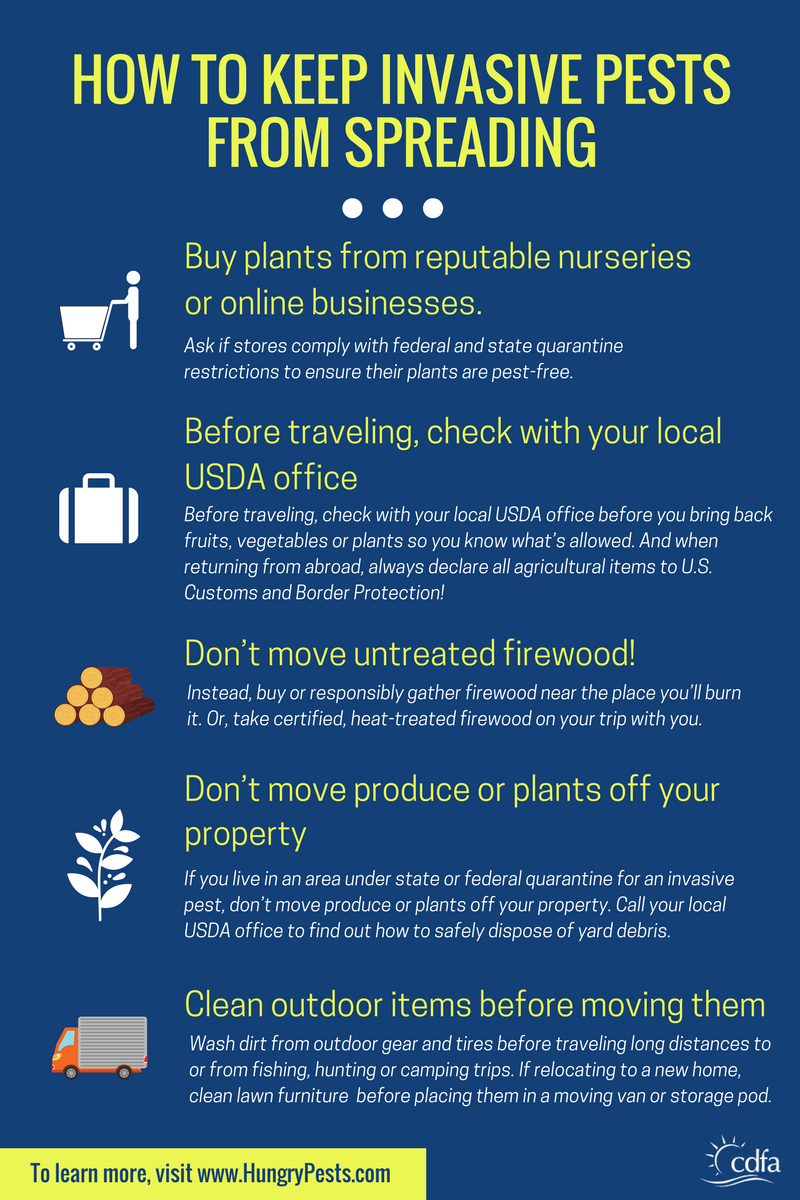
Secretary Ross’ father, Howard Barrett, and her stepmother, Shirley Barrett, on the family farm in western Nebraska.
As Earth Day was celebrated this weekend, I couldn’t help but think about how lucky I am to have grown up on a farm with a dad who inspired me with his love for the land. His life-long curiosity led him to constantly look at new and innovative practices to steward natural resources and improve the care of his cow-calf herd. His particular passion for the soil led to decades of work with USDA’s Natural Resource Conservation Service (NRCS, which was still called Soil Conservation Service at that time). It came from his growing up in western Nebraska during the Depression and the Great Dust Bowl years. He often described the curtains of dirt that darkened the skies and drove people and animals to shelter. He watched too much precious top soil blow away.
My dad, like his father and grandfather before him, wanted to leave the land – pastures and cropland – better than he found it for his children and the generations to follow. That commitment lives on in my brother, Dan Barrett, the current steward of our family farm. Dan is the fourth generation. A farmer’s farmer. He has worked hard to bring the farm into agronomic balance, and he has been in the NRCS Conservation Stewardship Program for about ten years. He was identified as a leader for his soil health and wildlife-friendly practices. He has successfully incorporated conservation rotational grazing and cover crops to bring what he terms “liveliness to the soil”. He is also one of the kindest people I know!!
That long-term generational view held by our family, a passion for stewardship of the land and its natural resources, is what it means to be in farming and ranching. I see it every day in California agriculture. That love of the land fuels my passion to connect the stewardship actions of our 76,000-plus family farmers and ranchers to the public benefits created for the forty million Californians who make this special place their home. That care for the land, in addition to the nutritious bounty that we grow in California, makes our state a better place to live! It has never been more important to understand and support the potential of working landscapes to address climate change, and the essential role of private landowners in making it happen.
While California agriculture is already being impacted by climate change, Ag is also key to mitigating climate change. California’s Climate Change Investments have resulted in multiple incentive programs to facilitate climate adaptation strategies and the implementation of practices to reduce greenhouse gas (GHG) emissions and sequester carbon. Significant investments are being made on farms and ranches to improve manure management and reduce methane emissions; to increase water, fertilizer and energy efficiency; to replace older equipment and dirty engines; to protect croplands and rangelands at risk of conversion and the generation of more GHG emissions; to utilize waste biomass to generate renewable energy; and to sequester carbon to reduce GHG emissions and improve soil health, thus enhancing climate and drought resiliency and productivity. Ultimately, these climate smart agriculture investments will ensure the continued economic viability of California agriculture and its role in sustaining food security.
As recent coverage of how soil can be managed to sequester carbon and be a solution to climate change creates a buzz for what is possible on working landscapes, I want to thank my Dad and honor his memory for his love of the land. Truly, he and generations of farmers and ranchers are important caretakers of our planet Earth.



